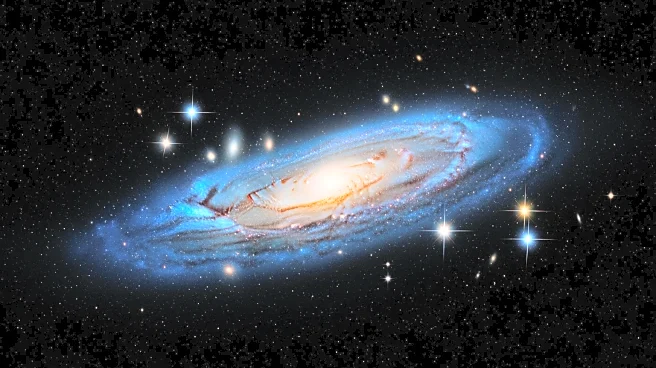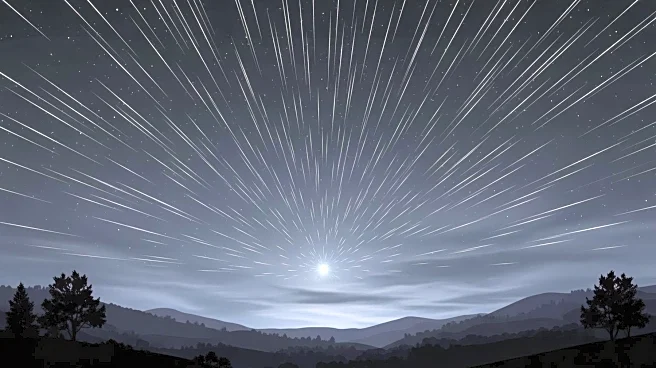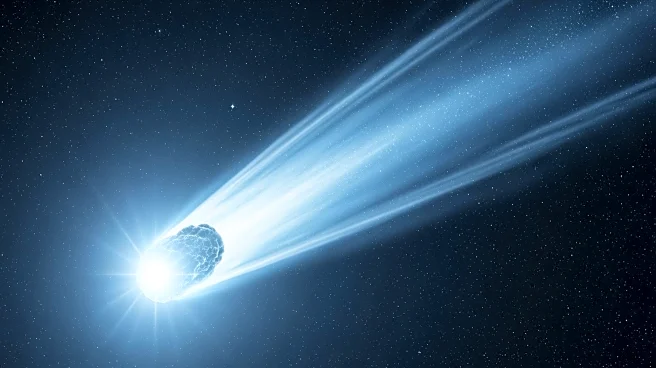What's Happening?
The concept of darkness in space is complex, with various factors contributing to the perception of dark regions. Experts explain that true darkness is rare due to cosmic dust scattering light, creating
a background glow. The darkest places in the solar system include craters on the moon and Pluto, which are in permanent shadow. In the universe, Bok globules like Barnard 68 are considered pitch black due to their dense dust clouds blocking visible light. Additionally, regions far from light sources, documented by NASA's New Horizons telescope, are significantly darker than areas near Earth.
Why It's Important?
Understanding darkness in space is crucial for astrophysics and astronomy, as it affects observations and interpretations of cosmic phenomena. The study of dark regions helps scientists learn about the composition and behavior of celestial bodies and the universe's structure. These insights can lead to advancements in space exploration and technology, impacting industries reliant on astronomical data. The exploration of darkness also enhances our comprehension of the universe's vastness and the conditions that exist beyond our planet.











